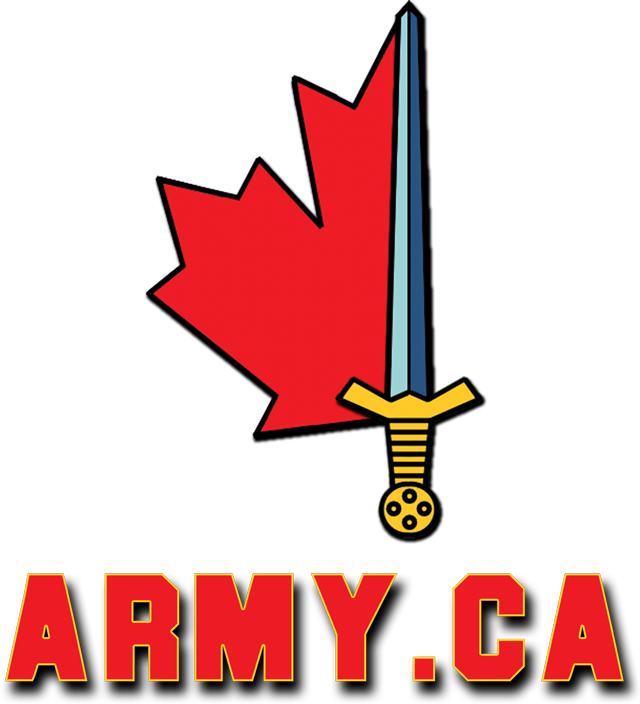GR66
Army.ca Veteran
- Reaction score
- 4,570
- Points
- 1,160
I don't recall any nation launching land-attack missiles against Somali pirate bases as pirates typically live within civilian infrastructure. The Houthis are different being a semi-State power...but isn't that why we have the River-class?Wouldn't a corvette be the platform of choice for pirates and other coastal pests? The eternal brig/schooner/gunboat+boats and boarding/landing parties role, for which subs and fighters aren't well-suited. Being able to reach inland seems useful for that sort of thing.
This is what I mean my role creep. Are we saying every RCN ship has to have the full capabilities of a CSC? A CMMC that has a weapons load-out approaching that of our current Halifax-class certainly will not lack in suitable missions to fulfill even without strike-length VLS.
I'd also argue that cramming them into a smaller hull like the CMMC will force a reduction in other important features/capabilities. For the rare occasions where flinging large quantities of munitions down range I'd suggest an uncrewed/minimally crewed Arsenal ship would make more sense.


